Travel Tips
Autumn Fall/Winter Trekking
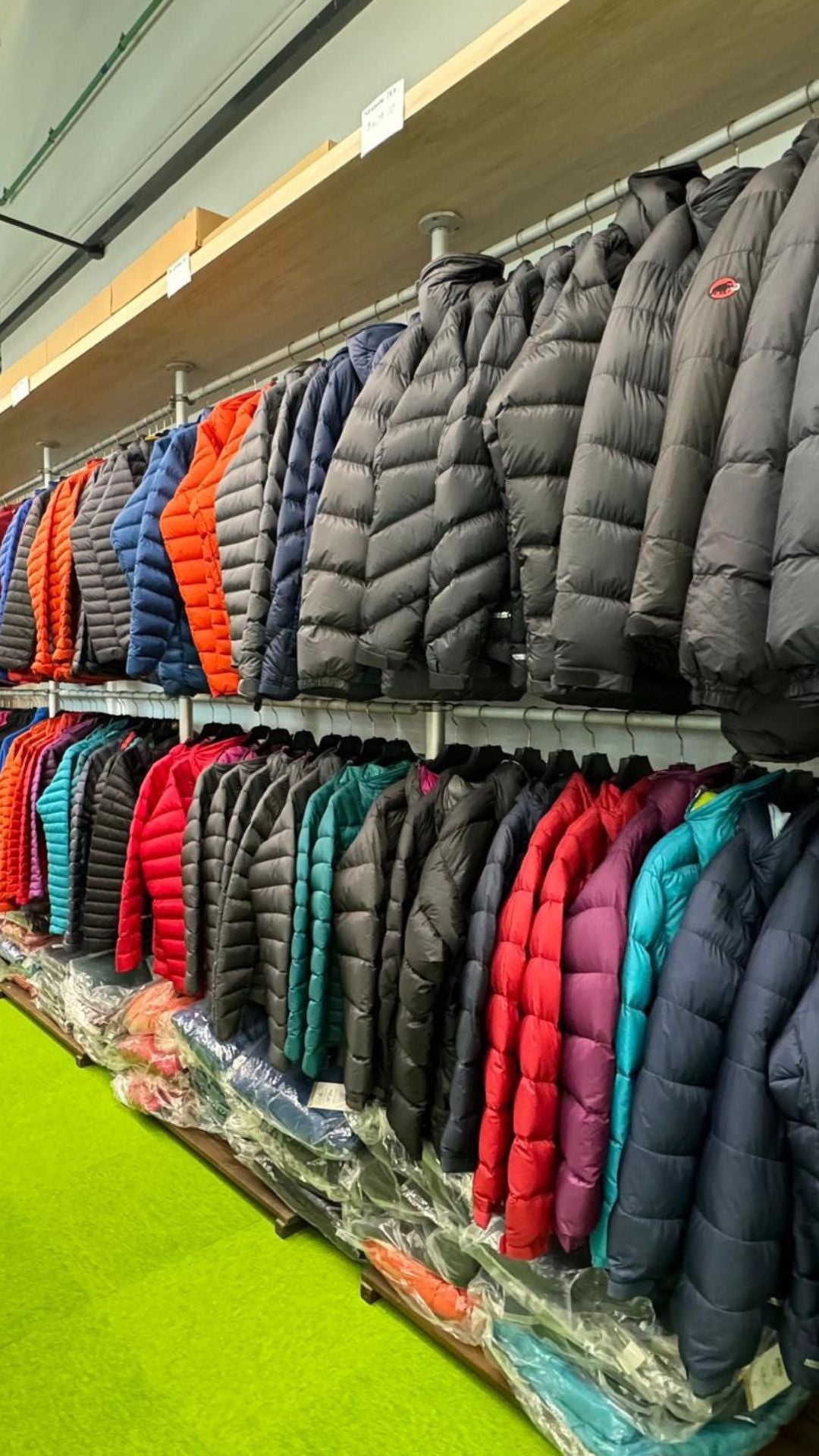
Clothing
- Thermal Underwear, Polypro / Merino wool (Top & Bottom) - 2 sets
- Fleece Jacket (Polartec/ Thermal Pro) - 1
- Fleece Pants - 1
- Waterproof Jacket Shell (Breathable) - 1
- Waterproof Pants shell (Breathable)- 1
- Trekking Pant (Quick dry) - 2
- Trekking Shirt/ T-Shirt (Quick Dry) - 3
- Trekking Short - 1
- Down Jacket (Filled Power 600 to 800) - 1**
- Underwear (Quick dry & X-Static) - 4 to 5pcs
- Waterproof/ Windproof Glove Shell - 1pr (optional)
- Fleece Glove (Polartec/ Thermal Pro) - 1 pr
- Glove Liner, Polypro - 1 to 2 prs
- Fleece Scarf or Multi-Scarf Fleece - 1
- Balaclava, Polartec - 1
- Fleece Cap/ Beanie (Polartec or Wool) - 1
- Sun Hat (wide brim hat)/ Baseball Cap - 1
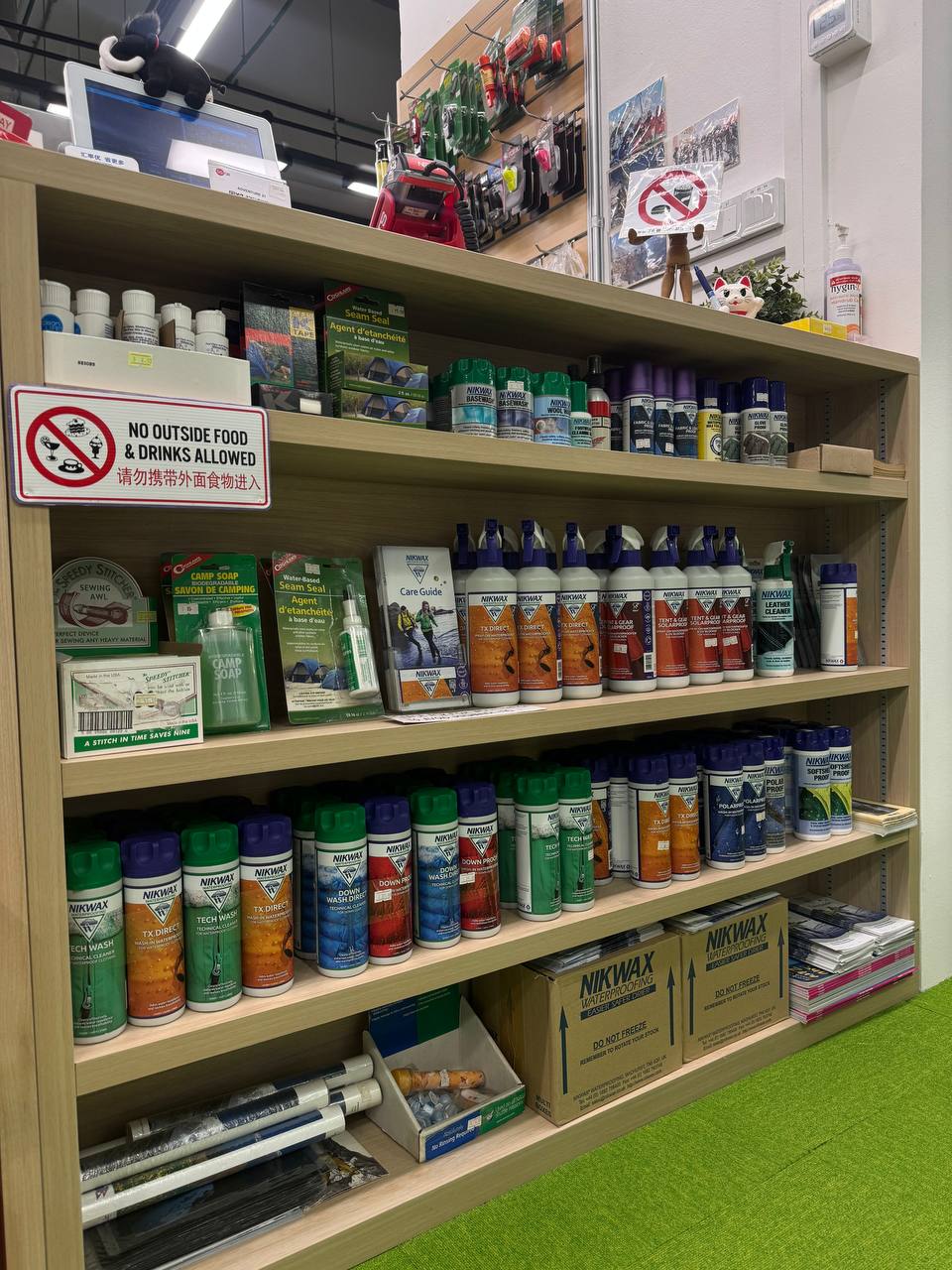
Toiletries
- Trekking Towel (Quick Dry)
- Toothbrush and Toothpaste
- Soap/Shampoo (No-Rinse)
- Moisturizer
- Lip Balm (23-30 SPF)
- Sun block Lotion
- Talc Powder
- Toilet Paper/Tissue/Antiseptic Wipe
- Comb
- Nail Clipper
- Sewing Kit Set
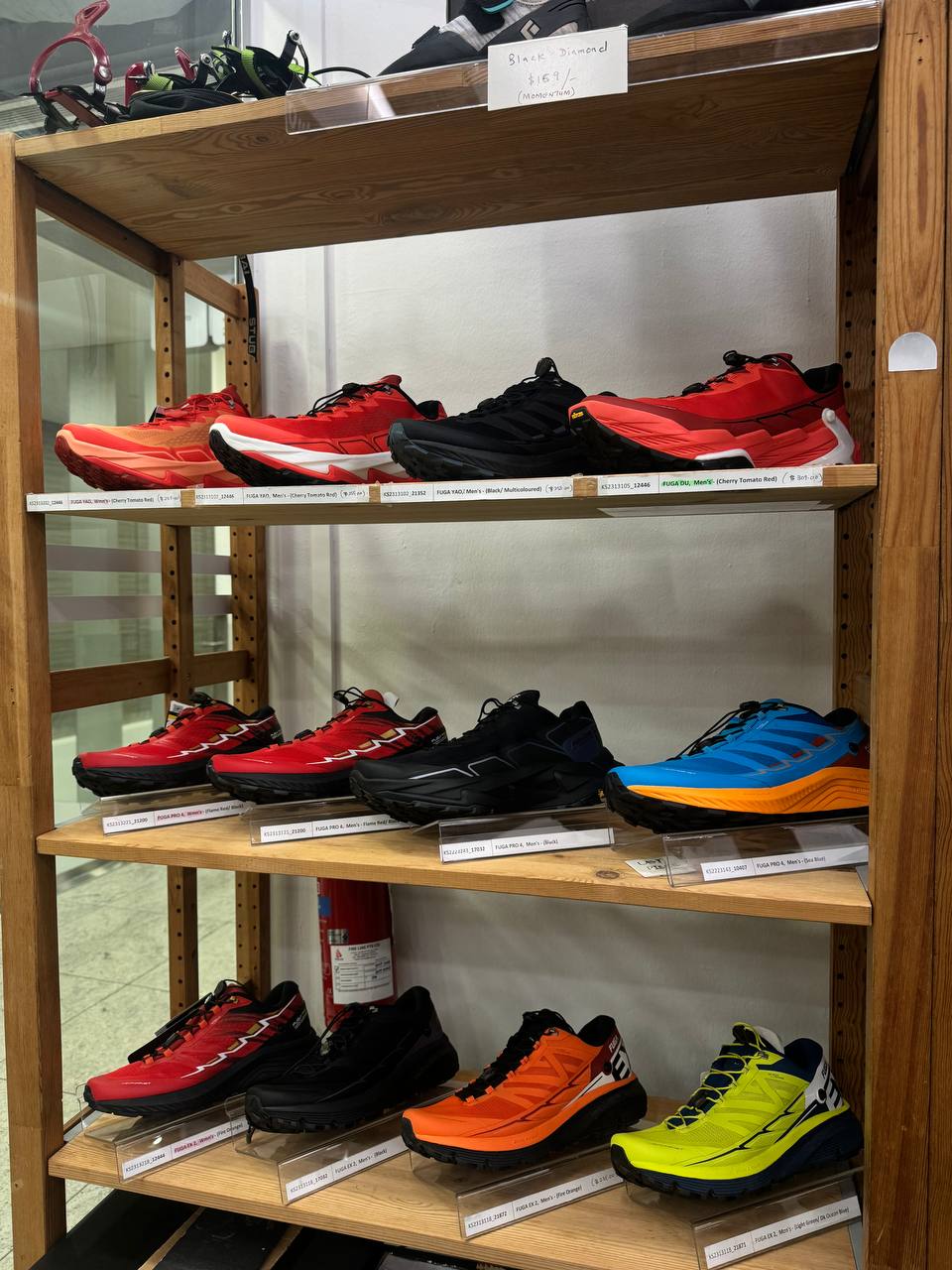
Footwear
- Trekking Boot (waterproof & breathable) - 1 pr
- Trekking Sock (medium or thick) - 2 to 3 prs
- Thermal Sock (Merino wool
or Thermolite) - 2 to 3 prs - Sock Liner (wick & dry)- 2 to 4 prs
- Slipper or Trekking Sandal - 1 pr
- Trail or Walking Shoe- 1 pr
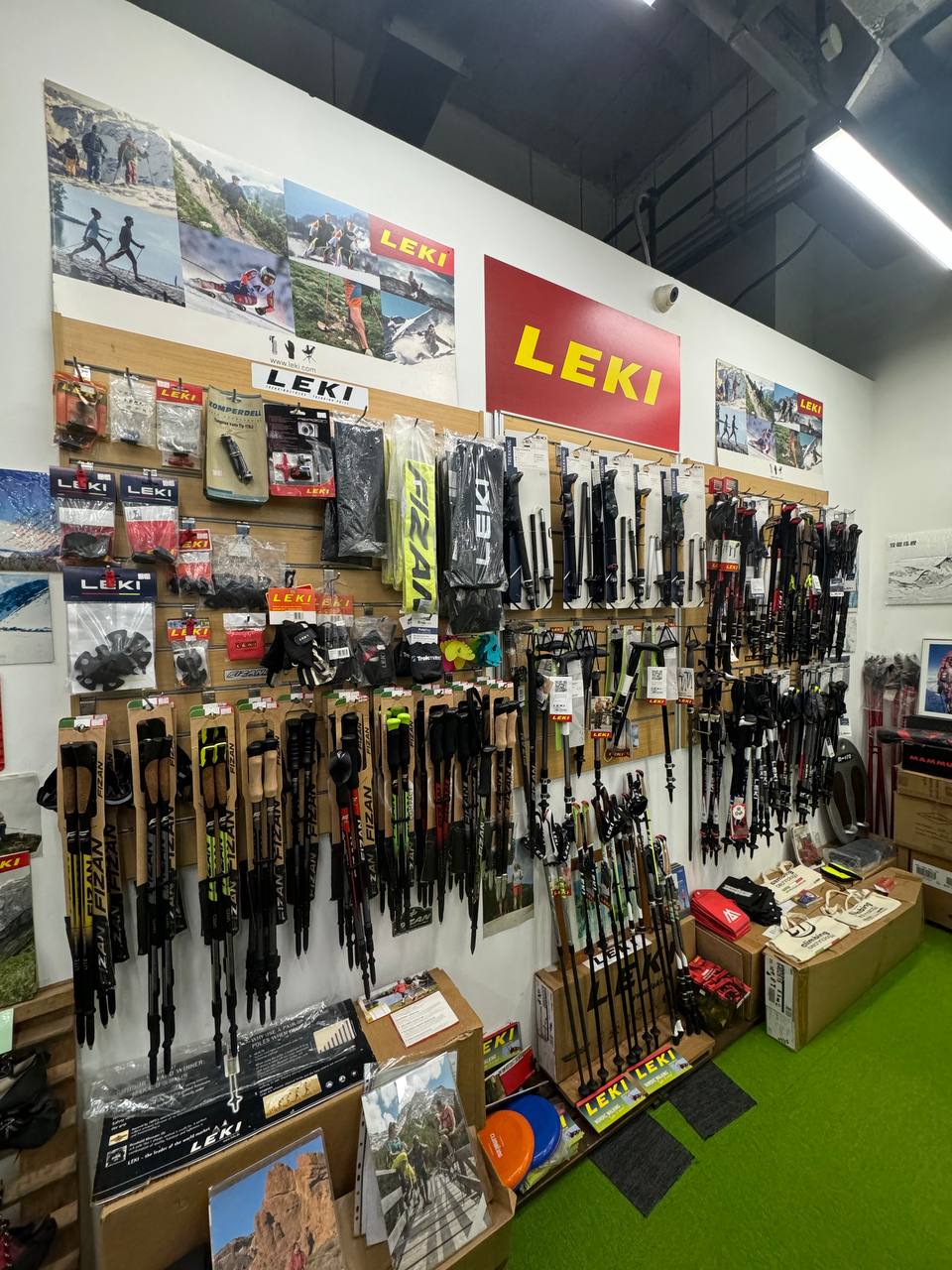
Trekking Gears
- Ruck Sac/ Bag Pack (65-80 litres) - 1
- Light Duffel Bag c/w Lock (for backpack) - 1
- Day Pack (30-45 litres) - 1
- Sleeping Bag (Down Filled, -10 to -20℃) - 1 **
- Sleeping Bag Liner (use with sleeping bag) - 1
- Head Torch (LED) with spare batteries - 1 + 1 spare
- Trekking Poles - 1pr
- Whistle (for safety) - 1
- Pocket Knife - 1
- Water Bottle with Insulation Pouch (1 Litre) - 2
- Sunglass (UV protection) - 1
- Ice Walker/ Slide Stopper - 1pr
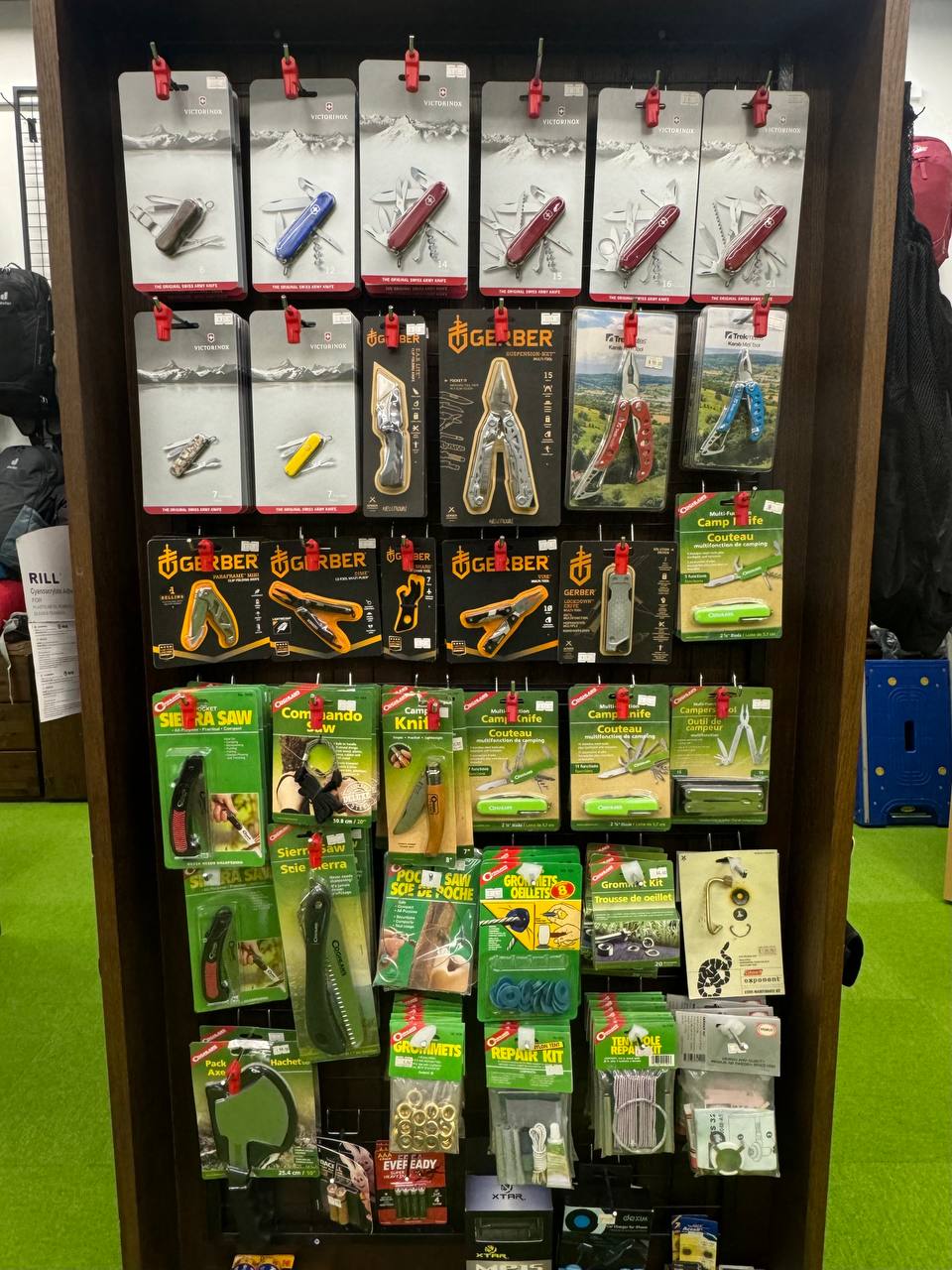
Miscellaneous
- Money/ Passport Pouch (for security)
- Pocket Camera with extra Batteries
- Stationeries (note book, pen & pencil)
- Light Stuff Sac (waterproofing items )
- Utensils (Plastic cup, fork & spoon)
- Thermal S/S Flask 500ml (optional)
- Matches (in waterproof container)
- Spare Shoe Laces & Insoles
- Light Fleece Jkt /Pullover (optional)
- Emergency Poncho
- Mini Thermometer
- Repair Kit (for boot/etc)
-
Food:
- Chocolate Bar, Snacks, Sweets
- Energy/ Vitamin Drink or Tablets
- Supplement Can Food. (for meals)
-
Medical Kit:
- Blister Kit
- Moleskin
- Lomotil (for upset stomach)
- Cough Mixture
- Elastoplasts
- Deep Heat
- Other Medication*
-
Point To Note:
1. Please ensure that you are medically fit to trek. Check with a doctor if you have any ailments.
2. Stay together as a group. Do not wander off the trek without your guide.
3. Always inform your group members of your whereabouts. Do not leave a place without your friends. Always check your gears and do a headcount before leaving.
4. Always inform the guide or group leader if you are not feeling well or if you think you have signs of mountain sickness.
5. Walk slowly. Being in a hurry can be deadly in the mountain.
6. Do not over exert yourself with a heavy load and cloth comfortable accordingly.
7. Acclimatize to make adjustments to your body as you ascent.
8. Do not litter and pick up your trash with you. Lastly respect the culture and environment. -
Recognising Acute Mountain Sickness (A.M.S.)
What is A.M.S?
- It happens when your body is not acclimatized to the high altitude. You may feel nauseous, headaches throbbing in your head and in extreme cases, confusion to reality.
- It can develop at any altitude over 2000m.
-
Recognising Acute Mountain Sickness (A.M.S.)
Early Signs of A.M.S
- Headaches, extreme fatigue and loss of appetite. Some people become breathless at rest.
- When early symptoms set in, you must stay at that altitude until symptoms go away.
- If it does not go away, you should make a descent.
- Worsening symptoms include increasing tiredness, severe headache, vomiting and loss of coordination.
- Physical Fitness does not prevent A.M.S.
- Drinking 3-4 Litres of water helps in the acclimatization process.
- Have good rest and eat well. Keep yourself comfortably and warm by layering.
Camping Checklist
Checklists are a good habit to get into when you prepare for an outing such as camping or day hikes. You can download a copy of this checklist, print it out, and even make your own additions. Then, the next time you go out, you will be prepared and hopefully not forget those important items. Enjoy!
Below is a condensed version of the downloadable checklist.
Collapsible content
CLEANING ITEMS
- Dish pan
- Detergent
- Dish rags
- Pot scrubber
SHELTER AND BEDDING
- Tent
- Tarp
- Sleeping Bag
- Sleeping Pad
- Camp chair(s}
PERSONAL HYGIENE
- Tooth Brush
- Tooth Paste
- Wash Rag(s)
- Towel(s)
- Soap
- Comb/Brush
- Toilet paper
CHUCK BOX ITEMS
- Salt and Pepper
- Cooking Oil
- Pot Holders
- Paper Towels
- Napkins
- Plastic Trash Bags
- Tongs and Spatula
- Aluminum Foil
- Plastic Silverware
- Plastic Cups
- Zip Lock Bags
- Knives
COOKING AND DINING
- Water
- Food
- Cooler
- Camp forks
- Grill
- Camp stove
- Matches
- Fire starter
- Pots and pans
- Can opener
CLOTHES
- T-shirts
- Shorts
- Jeans/pants
- Socks
- Shoes/boots
- Hat/cap
- Sweater
- Rain poncho
- Underwear
- Swim suit
- Laundry bag
FIRST AID KIT
- T-shirts
- Shorts
- Personal Medication
- Bandages
- Aspirin, Tylenol
- Medical Tape
- Sterile Gauze
- Antiseptic Wipes
- Antibiotic Cream
- Burn Ointment
- Sunburn Lotion
- Hydrogen Peroxide
- Scissors
- Sanitary napkins
MISCELLANEOUS ITEMS
- Bug spray
- Bungie cords
- Camera
- Candles
- Cell Phone
- Compass
- Duct Tape
- Flashlight
- Knife
- Hatchet or Axe
- Lantern
- Rope
- Sun Block
- Whistle
Tips & Advices
1. Boots for Serious Trekking
Although choosing a reliable brand is important, it is even more important to find one that fits. This is especially important for long treks that last a few days. Boots for this category have to be tough, sturdy and provide enough support and protection to the feet and ankles. Getting the right fit is critical. The boot will not "give in" to the foot in the event that it is a mismatch.
The boot should have enough room to accommodate your whole foot comfortably without having toes squash up inside but yet hugs the heel and instep so that the heel would not slide up and down in the boot during the trek.
The front and the heel of the boot have to be hard and strong to protect the foot from the occasional kicking of rocks. With the foot in the boot and slide it all the way to the front, there must be enough room to fit two fingers at the heel. This would prevent the toes from sliding and banging into the front of the boot during long decent.
Stand on a downward slope to determine how well the boot holds onto the foot during long descent.Test the sole of the boot on sharp edges. It should be strong enough to protect the arch of the foot from them.Check the stability of the boot and amount ankle support by rocking your foot sideway.
2. Winter Clothing Layering System
For outdoor enthusiasts, maintaining a comfortable body surface temperature is a great challenge. During the early morning or periods of inactivity, the body surface temperature would drop. In the afternoon or during exercise, the body may overheat and when the sun sets, the temperature would fall again. Add in the wind chill factor and it would seem impossible to stay at a comfortable temperature. To compensate for the ever-changing temperature condition, it is essential to have a flexible system through layering with garments.
Innermost Layer
This is the most important layer as it is closest to the skin where the heat and moisture is generated. The main function of this layer is to draw moisture away from the skin quickly and vented through subsequent layers, thus it is advisable that the thermal underwear be slightly tight fitting. To increase the comfort of the thermal underwear, it should also be soft, lightweight and pliable.
Second Layer
This layer provides the insulation against the cold at the same time allowing moisture to escape. The insulation property is generally achieved by trapping a layer of air. For people who engage in winter sports, a fleece is a better option over wool as they absorb very little moisture as compared to wool and dries quickly.
Outermost Layer
In the outdoors, it is important that the inner layers are protected against wind, snow and rain. However, the outermost layer has to breathable to allow the moisture to escape from the body. When choosing the outer shell, it has to be large enough to accommodate the two layers of clothing within.
3. Feet, Hands and Head
In very cold condition, the body maintained its core temperature by reducing the blood flow and thus, heat loss through the extremities such as the fingers and toes. Hands and feet should be layered accordingly to maintain its temperature. As an estimated 30% heat loss is through the head, it is also important to have a good hat that insulates the head.
4. Bag- Getting the Right Fit
Adjust the hip belt- 70% of the weight of load should be carried on your hips, thus the hip belt should wrap comfortably round your hip. Clip the hip belt onto your waist and press down the hip belt with your hands until it rest over your hip.
For an empty bag, the shoulder straps should be about an inch (2.5cm) above the shoulder after the hip belt is buckled. When the bag is fully loaded, the shoulder straps would rest on your shoulders.
Put some load in the bag pack and walk around in the shop. Sway from side to side. A bag that fits would move with you and hugs you like a big teddy bear.
5. Benefits of using Walking and Trekking Poles
The three main reasons for using trekking poles are that they offer Support and Stability, Reduced Effort and Propulsion.
Support and Stability:
Walking with poles offers a permanent handrail providing extra support and balance particularly on uneven ground, steep ground or for those who need extra confidence, particularly at the end of a long days hiking. Once you get used to using poles you are much more secure on all rough terrain and they are great on snowy winter walks, although not to be used in place of an ice axe!
Reduced Effort:
Using trekking poles help reduce effort to keep you going longer and scientific evidence indicates the reduction of impact on knee and hip joints. Using poles can reduce the stress placed on joints, ligaments and muscles. Walking with poles can spread the burden of weight carried and they can also benefit your posture while walking, improving breathing and reducing the feel of the effort, or 'perceived exertion'. If you develop a good technique when using your poles, bringing the shoulder joint into play rather than just the elbows, this helps to reduce the impact on the elbows and spreads the load to bigger muscle groups; this in turn reduces your perception of how hard you are working so you can get on with enjoying your walk.
Propulsion:
Using the poles to 'push off' from the ground as you move is a technique used to increase your forward motion. This is used increasingly by fell runners, adventure racers and of course in Nordic Walking which mimics the action of cross-country skiers, bringing very nearly all of the body's muscles into play, and delivering an extremely effective workout.


